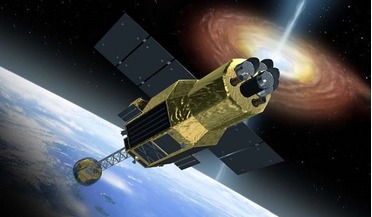 08 February 2016
Japan’s Astro-H mission due to launch on February 12, 2016
08 February 2016
Japan’s Astro-H mission due to launch on February 12, 2016
... spin of black holes, understanding the physical conditions in sites of cosmic-ray acceleration, and the distribution of dark matter in galaxy clusters. To achieve these objectives, Astro-H will make use of a Soft X-ray Spectrometer (SXS), a device...
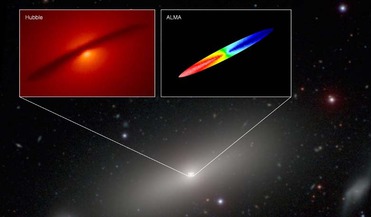 06 May 2016
Accurate mass of supermassive black hole calculated by astronomers using ALMA
06 May 2016
Accurate mass of supermassive black hole calculated by astronomers using ALMA
... percent of the mass of all the stars in the galaxy," explained Barth. "Most of a galaxy's mass is in the form of dark matter and stars, and on the scale of an entire galaxy, even a giant black hole is just a tiny speck in the...
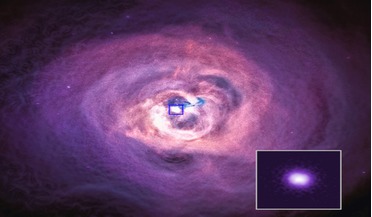 20 March 2020
Missing particle a major blow for "Theory of Everything"
20 March 2020
Missing particle a major blow for "Theory of Everything"
... mass range has not been determined Some scientists think that axions could explain the mystery of dark matter, but another interesting property of these ultra-low-mass particles is that they can convert into a photon...
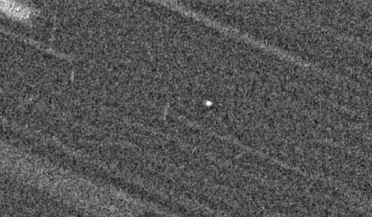 21 September 2020
Jupiter could have 600 moons, a new study says
21 September 2020
Jupiter could have 600 moons, a new study says
... to wait until telescopes such as the Vera C. Rubin Observatory come on line. Aside from helping to search for dark matter by mapping galaxies through time and space, the Rubin Observatory also aims to catalog 90 percent of the near...
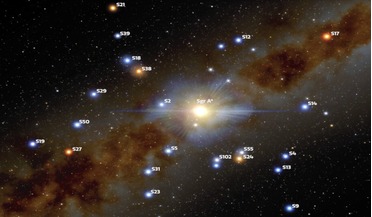 17 December 2021
New study shows that 99.9% of the mass at the centre of our galaxy is due to black hole
17 December 2021
New study shows that 99.9% of the mass at the centre of our galaxy is due to black hole
... black hole, and only 0.1 percent could include stars, smaller black holes, interstellar dust and gas, or dark matter. Located roughly 27,000 light-years from the Sun, the centre of our galaxy is dominated by a supermassive black...
 21 June 2016
China Looks for Space Station Collaboration through the U.N.
21 June 2016
China Looks for Space Station Collaboration through the U.N.
... features of the Chinese facility, Wu said, is that it will be visited by a large-aperture astronomy telescope, designed to study dark matter, which will be able to dock at the space station for maintenance and hardware upgrades. The future Chinese...